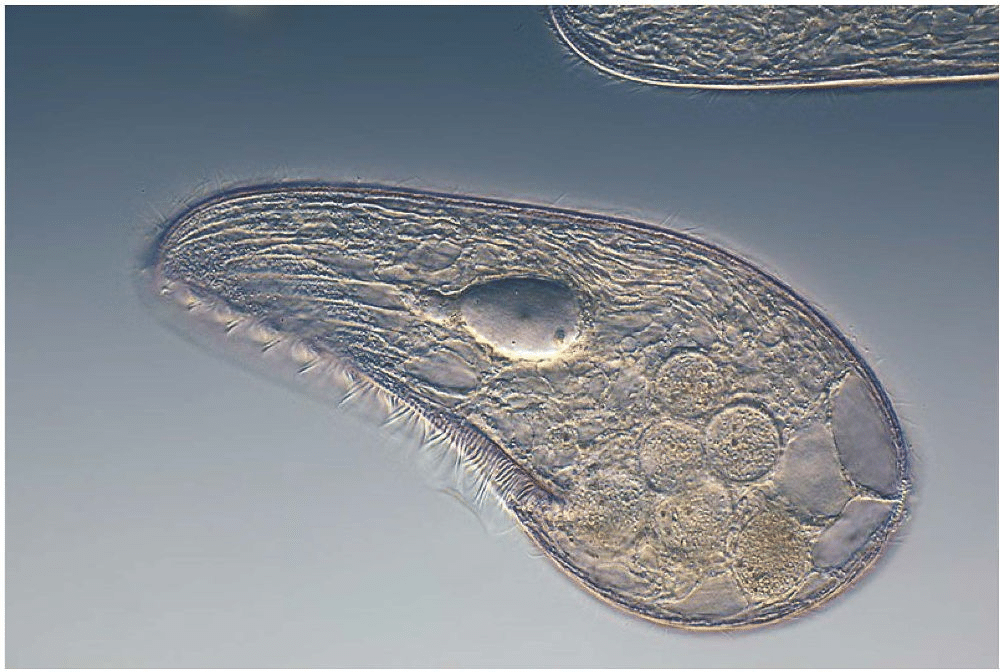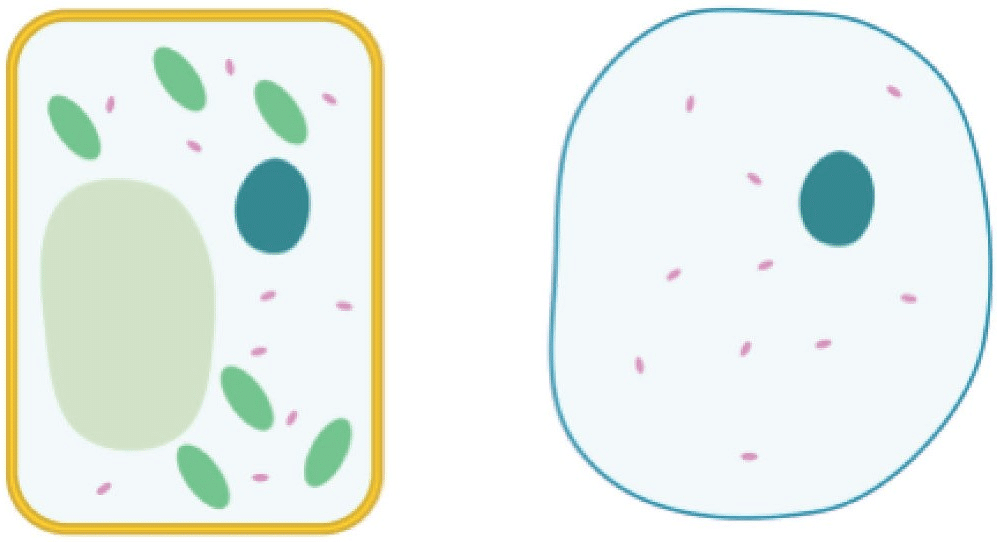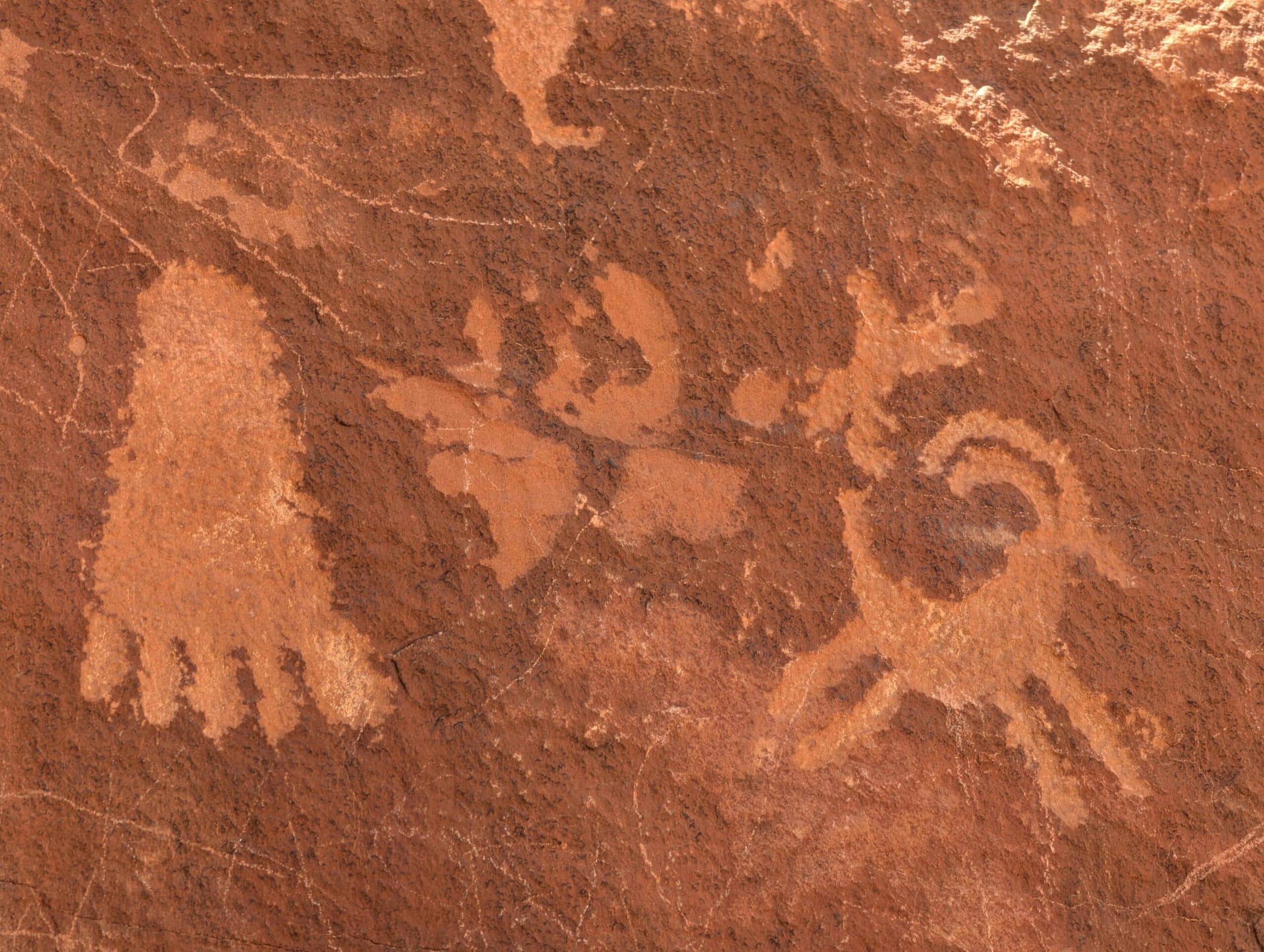


Lesson Objective: Scholars question the composition of living things and think about where the tissue that heals our cuts comes from. They wonder how it is possible that new skin just seems to “appear” when we need it.
Materials Needed
Prep
What are scholars doing in this lesson?
Do Now
Launch
Activity
[Tip: Allow extra time for cleanup, as scholars may need to wipe down their tables!]
Discourse Debrief activity:
Introduce the Essential Question:
Accountability (Lab Notebook)
Scoring Award points as follows:
Lesson Objective: Scholars discover cells! Using the microscope, they discover that all living things are composed of these tiny building blocks. After they observe two different types of animal cells, scholars start to notice their similarities and differences.
Materials Needed
[Materials Tip: If you don’t have many microscopes for this lesson, consider using an online microscope such as the UD Virtual Compound Microscope from the University of Delaware (CC BY-NC-ND 2.5) to reach the same lesson objectives.]
Prep
What are scholars doing in this lesson?
Do Now
Launch
Activity [Materials Management Tip: Encourage scholars to keep their experimental slides on an index card when not in use to prevent accidental breakage.]
[Tip: This guide provides suggested pacing, but if you are confident that scholars are ready to examine the biological samples on day one, modify your plans accordingly!]
Discourse Debrief activity:
Make connections to the Essential Question:
Make broader connections:
Accountability (Informal)
Do Now
Launch
Activity [Materials Management Tip: Encourage scholars to keep their experimental slides on an index card when not in use to prevent accidental breakage.]
Discourse Debrief activity:
Make connections to the Essential Question:
Accountability (Informal)
Do Now
Launch
Activity [Tip: Encourage scholars to keep their experimental slides on an index card when not in use to prevent accidental breakage.]
Discourse Debrief activity:
Make connections to the Essential Question:
Make broader connections:

Image credit: “Blepharisma japonicum, Heterotrichea, Ciliophora” by Frank Fox (CC BY-SA 3.0 de) via Wikimedia Commons.
[Engagement Tip: If time allows, show other examples of animal cells on the SMART Board. Allow scholars to guess where the cells came from before you reveal the answer.]
Accountability (Lab Notebook)
[Materials Management Tip: Have scholars mark this diagram with a star and leave their Lab Notebook open to the page for easier grading!]
Scoring Award points as follows:
Lesson Objective: Scholars are able to identify that cells from different types of organisms differ in composition. They can vaguely describe their ideas about this at this point and may not know any specific organelles yet.
Materials Needed
Prep
What are scholars doing in this lesson?
Do Now
Launch
Activity [Safety Tip: If time allows, print instructions for scholars to prepare their own plant slides. Just ensure you complete the slicing that requires a sharper knife in advance, and that they know how to handle and use all of the materials safely.]
Discourse Debrief activity:
Make connections to the Essential Question:
Make broader connections:
Accountability (Informal)
Do Now
Launch
Activity
Discourse Debrief activity:
[Tip: While you should not formally introduce all of the organelles yet, it’s fine to name those that scholars identify or describe. The idea is not to withhold all information but rather to let scholars first explore and describe what they see in their own words.]
Make connections to the Essential Question:
Make broader connections:
Accountability (Exit Ticket) Directions: Use the image below to answer the question.

Image credit: Adapted from domdomegg, CC BY 4.0 via Wikimedia Commons.
2. Why do you think it is a plant cell? Explain your reasoning. [2]
I think the cell on the left is a plant cell because of its shape. In class, the elodea and onion cells had a more rectangular shape, but the animal cells were more rounded.
Scoring Award points as follows:
Lesson Objective: Cells contain several different organelles that each serve an important role. Cells are differentiated to perform particular functions, and this results in differences between the cells found in different types of organisms (such as plants vs. animals). Scholars are able to identify and describe several organelles, including the nucleus, mitochondria, cell membrane, cell wall, chloroplasts, vacuole, and cytoplasm.
Materials Needed
Prep
What are scholars doing in this lesson?
Do Now
Launch
Activity
[Tip: If the tutorials do not load, instruct scholars to click the little i in the circle, click “site settings,” scroll down to Flash, and click “allow.” When they return to the tab with the interactive, it should be working.]
[Tip: Have scholars complete revisions and updates in a different color so you can easily see their work and provide feedback.]
Discourse Debrief activity:
Make connections to the Essential Question:
Accountability (Exit Ticket)
Scoring Award points as follows:
Do Now
Launch
Activity
[Tip: Have scholars complete revisions and updates in a different color so you can easily see their work and provide feedback.]
Note: Scholars should add appropriate labels but not manipulate the actual drawing to include things they did not observe. Scholars will notice that some of the organelles appear to be “missing” encourage them to discuss this issue as a group and to raise it during the Discourse.
Discourse Debrief activity:
Make connections to the Essential Question:
Make broader connections:
Accountability (Exit Ticket)
Plant and animal cells contain unique structures because they have different needs. For example, plants need to perform photosynthesis but animals do not. Because of this, plant cells contain chloroplasts but animal cells do not.
Scoring Award points as follows:
Lesson Objective: A cell is a system composed of several parts with unique but essential functions. This conceptual understanding of systems helps scholars prepare for Lesson 6, in which they explore the many interacting subsystems present in complex organisms.
Materials Needed
Prep
What are scholars doing in this lesson?
Do Now
Launch
Activity
Discourse Debrief activity:
Make broader connections:
Accountability (Lab Notebook Informal)
Scoring Award points as follows:
Lesson Objective: Cells are organized and specialized to optimize their performance. Scholars are able to explain and order various levels of organization (cell, tissue, organ, organ system, organism) according to their complexity. They understand (on a surface level) that cells divide for growth, repair, and reproduction and that all cells come from preexisting cells.
Materials Needed
[Tip: Refrigerate onions to help reduce tears for sensitive eyes.]
Prep
What are scholars doing in this lesson?
Do Now
Launch
Activity
Discourse Debrief activity:
Make broader connections:
Make connections to the Essential Question:
Accountability (Exit Ticket)
Exemplar:
Scoring Award points as follows:
Lesson Objective: The cell membrane is a critical organelle for the health of every cell. Scholars can explain the job this organelle performs and the importance of selective permeability.
Materials Needed
Prep
What are scholars doing in this lesson?
Do Now
Launch
Experiment
Discourse Debrief experiment:
Make broader connections:
Accountability (Exit Ticket)
The cell membrane decides what goes in and out of the cell. The membrane allows vital materials inside the cell but prevents harmful ones from entering and damaging the cell. This is what happened in our experiment today: One material (Lugol’s solution) was able to pass through the plastic bag but the other wasn’t.
Scoring Award points as follows:
Lesson Objective: Scholars synthesize their understandings from throughout the unit to complete their classwork. Strong work reflects mastery of the concepts of cellular composition and organization from all three Big Ideas.
Materials Needed
Prep
What are scholars doing in this lesson?
Do Now
Launch
Activity
| Part of the Cell | Part of a Car |
|---|---|
Cell membrane |
The car door or the window |
Cytoplasm |
Air inside the car |
Nucleus |
The car driver |
Nuclear membrane |
The driver’s seatbelt |
Mitochondria |
The engine or gasoline |
Discourse Debrief activity:
Make broader connections:
Accountability (Informal)
Do Now
Launch
Activity
Discourse Debrief activity:
Make connections to the Essential Question:
Make broader connections:
Accountability (Lab Notebook)
Scoring Award points as follows:
Lesson Objective: Scholars synthesize their understandings from throughout the unit to complete their classwork. Strong work reflects mastery of the concepts of cellular composition and organization from all three Big Ideas.
Materials Needed
Prep
What are scholars doing in this lesson?
Do Now
Launch
Activity
[Tip: Pair scholars who finish complete drafts early for peer review.]
Discourse Debrief activity:
Make connections to the Essential Question:
Accountability (Informal)
Do Now
Launch
Activity
Discourse Debrief Activity
Accountability (Exit Ticket)
Living things (like us!) are made of cells. Cells are the smallest structural units of life, and every organism, living or dead, is made of them. The tiniest organisms on Earth are made from just one cell, while multicellular organisms can be composed of trillions.
Cells contain small parts called organelles that help them perform their functions. They can repair damage to our bodies, and they can reproduce to create new cells to help us grow. Cells in different parts of the body also specialize to do specific jobs within our bodies, which is why a skin cell, for example, might look different from a blood cell.
We aren’t just a disorganized pile of cells, either. Cells become adjoined to neighboring cells to form tissue. That tissue forms organs (such as the heart, skin, or liver, for example). Organs connect within organ systems to carry out bigger functions for our bodies (such as digestion).
The human body is complex and fascinating. It is amazing to consider that everything from our eyes to our toes is composed of these impossibly tiny building blocks. Cells are the very foundation of all life, and without them, we would be no more alive than a rock or a drop of water.
Scoring: Award points as follows:
[Tip: If you are unsure what constitutes an age-appropriate extended response, check with the Humanities teachers on your team!]
Vocabulary List
resources
Access a wide array of articles, webinars, and more, designed to help you help children reach their potential.
Curated Middle School Novel List (Grades 5-8)
Educator
Parent
Book lists
Book Lists
Middle School
5th
6th
7th
8th
Literacy

ES PBL Grade 2: Brooklyn Bridge
Educator
Curriculum
Elementary School
2nd
PBL

ES PBL Grade 3: Iroquois and Lenape
Educator
Curriculum
Elementary School
3rd
PBL

Grade 1: PBL School – How It Works!
Educator
Curriculum
Elementary School
1st
PBL
NEWSLETTER
"*" indicates required fields
